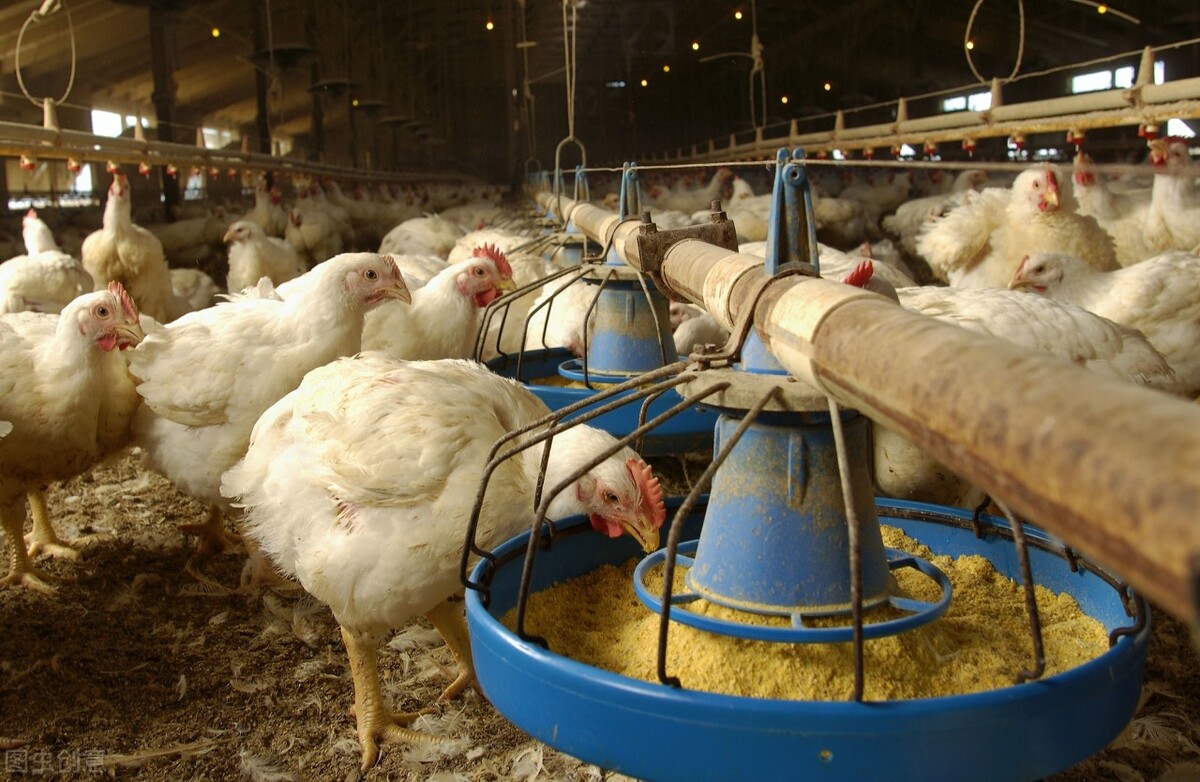The Uses Of Plant Extract For Animal Feeding
Botanical extracts are a class of compounds obtained from starting materials of botanical origin by dissolving soluble constituents in extraction solvents and separating the dissolved matter from undissolved components. In agriculture, plant extract or natural ingredients have gained prominence as animal feed additives. These natural products provide numerous benefits to animals, including improved nutrient utilization, better water and food absorption, antimicrobial effects, and reducing mastitis and strengthened gut microbiota. However, these plant extracts have to be properly extracted and processed for veterinary medicinal purposes. This process requires expertise from botanical, analytical, and regulatory knowledge.
The types of plant extracts for animal feeding
The biological activity of natural plants is due to the inclusion of many types of plant components, which can be classified into polyphenols, essential oils (volatile oils), polysaccharides, terpenoids and alkaloids according to their chemical structure.
Plant polyphenol
Plant polyphenols are a type of secondary metabolites widely distributed in plants. They are named for their phenols hydroxyl groups in structure and are one of the important reasons for their biological activity. Common plant polyphenols include phenolic acids, flavonoids, tannins, lignans, astragalenes, etc., which not only have antibacterial activities, but also have antioxidant, anti-inflammatory and anticancer effects. At present, chlorogenic acid, tea polyphenols and resveratrol are widely used in animal nutrition.
Plant polyphenols have a variety of antibacterial mechanisms. For cell wall, lipid membrane, membrane receptors, ion channels, and bacterial metabolites are all action sites of polyphenols. For example, gallocatechin and EGCG can bind to at least 73 different proteins, resulting in bacterial wall degradation. These include penicillin-binding proteins (PBPs), transporters (including ABC transporters, PTS system transporters and phosphate ABC transporters).
Plant polyphenols also have positive effects on bacteria that have developed high resistance, such as the overuse of lactam antibiotics such as penicillin, which has allowed methicillin-resistant Staphylococcus aureus (MRSA) to evolve beta-lactamases and reduce its affinity for these antibiotics. Despite this, the natural macromolecule procyanidins strongly inhibited MRSA at subminimum inhibitory concentrations, reducing cell membrane stability and β-lactamase activity.
Essential oil
Essential oil is a secondary metabolite of plant source with a unique odor extracted from plants as raw materials. It is usually the volatile oil and terpenes extracted by pressing, solvent extraction, steam distillation, supercritical extraction and other methods. It is an oil-like liquid and usually volatile.
At present, oregano oil, carvall, thymol, cinnamaldehyde, lemon oil, chili oil and so on are widely used in animal production. They can regulate enzyme activity, protect intestinal villi, improve feed conversion efficiency, inhibit the growth of harmful microorganisms, stimulate the reproduction of beneficial microorganisms, and improve the antioxidant capacity and storage time of meat. Plant essential oils kill bacterial pathogens by destroying the integrity of cytoplasmic membrane, which further causes the imbalance of pH and inorganic ions in the internal environment, thus leading to proton prime motivity failure and ATP loss. At the same time, they have a strong antibacterial effect, especially against Gram-negative bacteria.
Plant polysaccharide
polysaccharides are a class of macromolecular carbohydrates synthesized from plants and composed of at least 10 monosaccharides and their derivatives through dehydration condensation. Polysaccharides are not only structural substances composed of animal cells and energy substances needed for nutrition but also have many physiological functions such as antibacterial, antiviral, anti-infection, anti-tumor and immune regulation.
At present, Astragalus polysaccharide, atractylodes polysaccharide and achyranthes bidentata polysaccharide are widely used in animal production, as well as some non-medicinal plants such as seaweed polysaccharide and alfalfa polysaccharide. The structure of polysaccharide is similar to that of host cell receptor and can effectively block the binding between bacteria and host. The cell membrane and cell wall can be damaged or deformed by electrostatic action after the combination with bacterial somatic cells, resulting in the permeability of substances in and out of bacteria. Polysaccharides can also target bacterial DNA, affecting its replication, transcription and translation processes, and inhibiting the formation of virulence factors.
Other active substances
Plant active ingredients also include organic acids and alkaloids, etc. For example, the main component of honeysuckle extract is chlorogenic acid, and the main component of boraloglu extract is sanguinarine alkaloid. The antibacterial effect of chlorogenic acid is due to increasing the permeability of bacterial cell membrane and inhibiting the activity of enzymes related to its metabolism. Sanguinarine can effectively balance intestinal microflora of livestock and poultry, selectively inhibit harmful microorganisms, and the minimum inhibitory concentration of probiotics commonly used in livestock and poultry is much less than the normal concentration.
Application of plant extracts in antibiotic alternatives
Plant extracts are a safe and effective way to boost animal health and productivity. They are also a good alternative to antibiotic growth promoters.
Pig
The results showed that ulmoides extract could replace colistin sulfate and stramycin when added into the feed of weaned piglets. Compared with the control group, the diarrhea rate was decreased, the average daily gain (ADG) was increased, the alkaline phosphatase (AKP) and total antioxidant capacity (T-AOC) in serum and liver, and the activities of trypsin and lipase in intestinal tract were increased. Acanthopanax extract can effectively replace the role of colistin sulfate in weaned piglets and improve the apparent digestibility of ileal amino acids. Citrus extract can replace aureomycin without affecting the production performance, promote the absorption and utilization of amino acids, and improve intestinal morphology and digestive enzyme activities.
Chicken
Macleaya Cordata Extract can effectively replace nesside and aureomycin in the diet of broilers, which can effectively reduce the ratio of feed to meat, increase the contents of total short-chain fatty acids, acetic acid and butyric acid in cecum and change the composition of microflora in cecum digme. The lavender essential oil can replace Virginiamycin for anti-inflammatory and growth promotion in broilers, increase body weight and feed conversion rate, increase SOD and GSH-Px enzyme activity, reduce the content of malonaldehyde (MDA), and reduce the number of harmful bacteria in ileum and cecum.
Cow
Plant extract or natural ingredients contain antioxidant properties, antimicrobial effects and help in preventing diseases and infections. They can increased average daily gain and feed conversion rates, reduce dairy farm odors, and improve overall performance. Digestive tract problems or diarrhea are responsible for 56% of calf disease. It was found that oregano oil and Monensin had similar effects on Holstein calves. Oregano essential oil increased serum concentrations of SOD, GSH and Gsh-Px as well as rumen coccus.
Plant extract or natural ingredients are an important part of agriculture and animal feeding. The use of plant extract or natural ingredients is increasing rapidly in the industry due to their high health benefits and rising awareness among the consumers. This has also led to an increase in the demand for these products in the market. In animal feed, plant extracts have a variety of effects on performance such as stimulating the immune system, enhancing nutrient utilization and improving water and food absorption. In addition, they can also help improve gut health, quality of feed and enhance the performance of animals. These extracts are widely used as growth promoters and are replacing antibiotic growth promoters.



